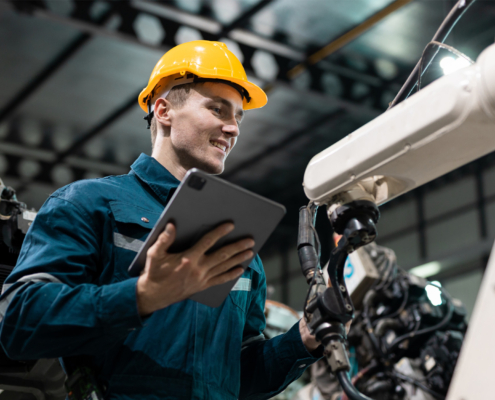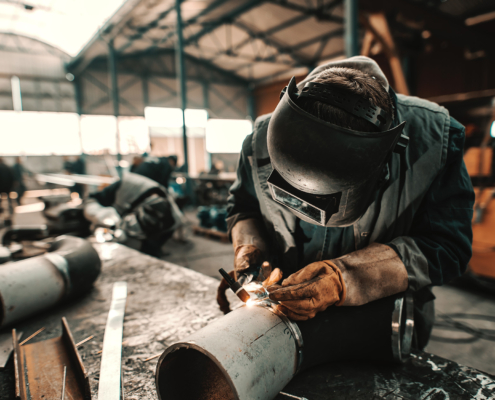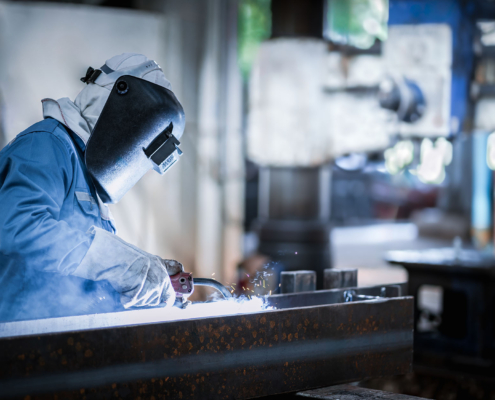Welding Robots vs. Manual Welding Processes: A Comparison
Welding has always been a cornerstone of manufacturing, construction, and repair. For decades, manual welding was the standard, relying on the skill and experience of trained welders. Today, welding robots are reshaping the industry with automation, advanced sensors, and artificial intelligence.












